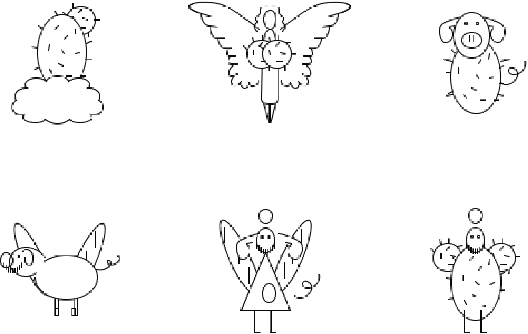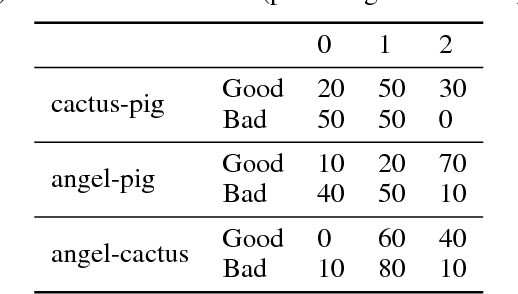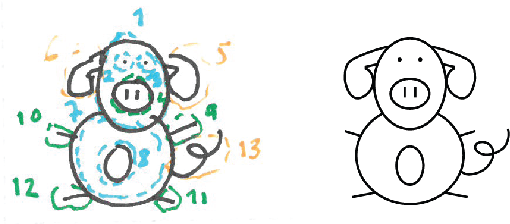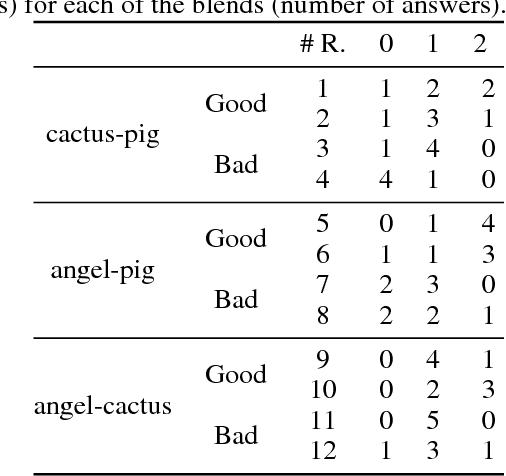Amílcar Cardoso
Towards a Formal Creativity Theory: Preliminary results in Novelty and Transformativeness
May 03, 2024Abstract:Formalizing creativity-related concepts has been a long-term goal of Computational Creativity. To the same end, we explore Formal Learning Theory in the context of creativity. We provide an introduction to the main concepts of this framework and a re-interpretation of terms commonly found in creativity discussions, proposing formal definitions for novelty and transformational creativity. This formalisation marks the beginning of a research branch we call Formal Creativity Theory, exploring how learning can be included as preparation for exploratory behaviour and how learning is a key part of transformational creative behaviour. By employing these definitions, we argue that, while novelty is neither necessary nor sufficient for transformational creativity in general, when using an inspiring set, rather than a sequence of experiences, an agent actually requires novelty for transformational creativity to occur.
A Pig, an Angel and a Cactus Walk Into a Blender: A Descriptive Approach to Visual Blending
Nov 30, 2017



Abstract:A descriptive approach for automatic generation of visual blends is presented. The implemented system, the Blender, is composed of two components: the Mapper and the Visual Blender. The approach uses structured visual representations along with sets of visual relations which describe how the elements (in which the visual representation can be decomposed) relate among each other. Our system is a hybrid blender, as the blending process starts at the Mapper (conceptual level) and ends at the Visual Blender (visual representation level). The experimental results show that the Blender is able to create analogies from input mental spaces and produce well-composed blends, which follow the rules imposed by its base-analogy and its relations. The resulting blends are visually interesting and some can be considered as unexpected.
 Add to Chrome
Add to Chrome Add to Firefox
Add to Firefox Add to Edge
Add to Edge